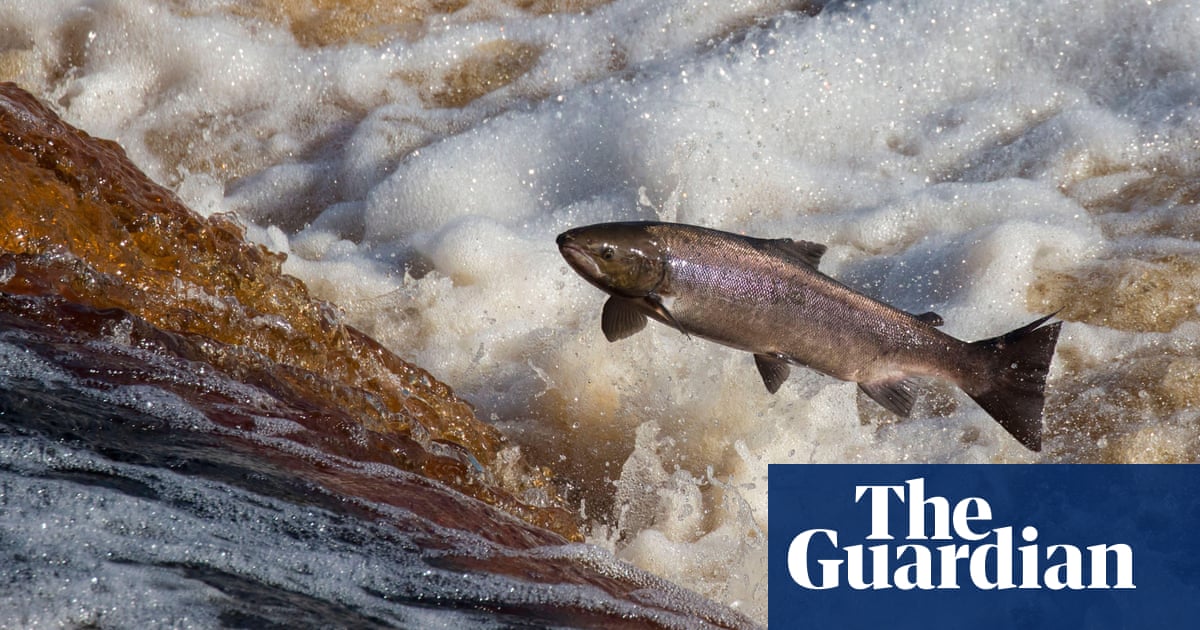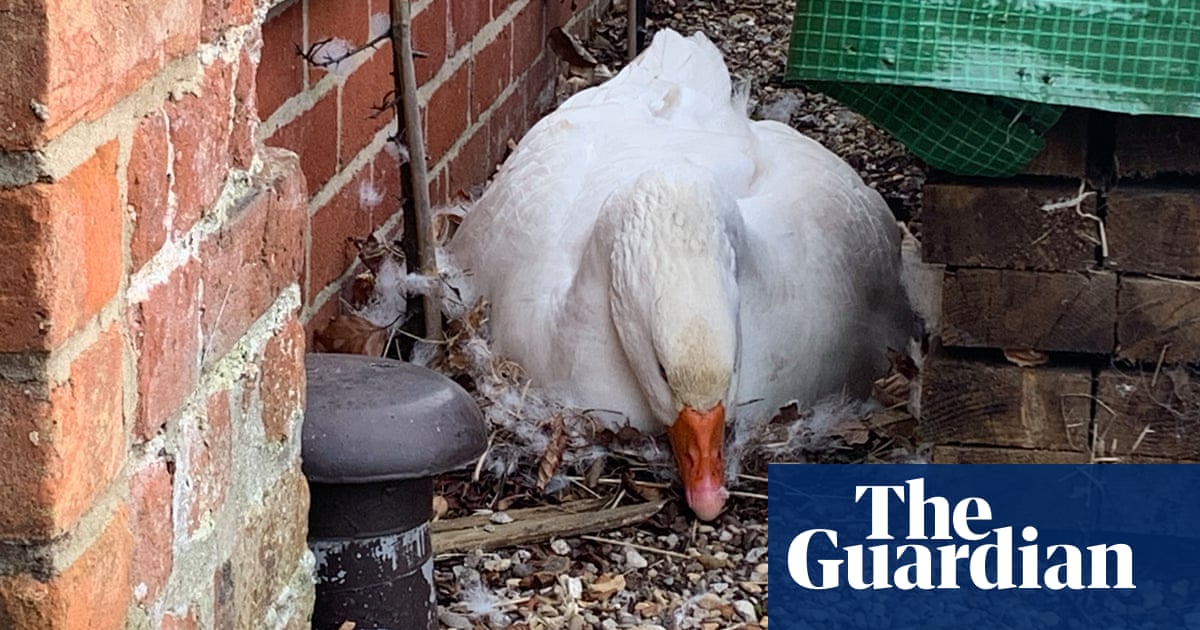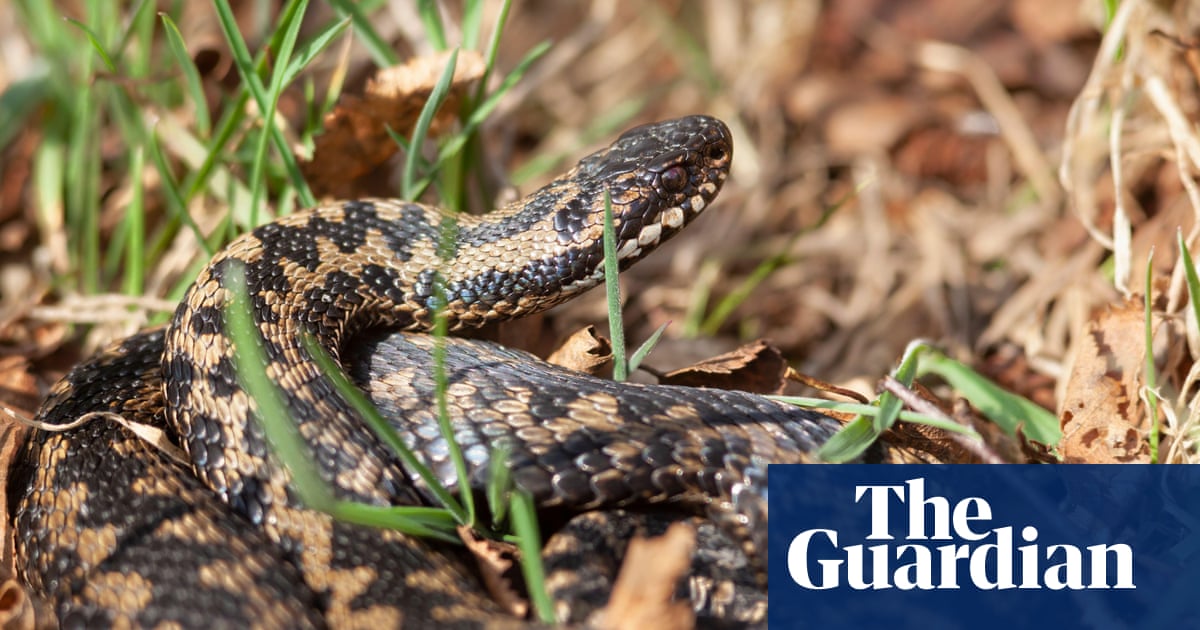sustainable living Made Easy: The Top Apps for Eco-Friendly Living
Living a sustainable lifestyle doesn’t have to be complicated. With the rise of technology, there are now numerous apps available that can help make eco-friendly living more convenient and accessible. From tracking your carbon footprint to finding local sustainable products, these apps are designed to make sustainable living easier than ever before.
One of the key benefits of using these apps is the ability to easily monitor and reduce your environmental impact. As sustainability expert Jane Goodall once said, “Every day you make a difference and every choice you make can lead to a more sustainable future.” By using apps like JouleBug or GoodGuide, you can track your energy usage, waste production, and overall consumption to make more informed decisions about your lifestyle.
Another great feature of these apps is the ability to discover new eco-friendly products and services in your area. With apps like Happy Cow or Farmstand, you can easily find local farmers markets, sustainable restaurants, and eco-friendly businesses to support. By choosing to shop and eat locally, you can reduce your carbon footprint and support your community at the same time.
With the help of these apps, sustainable living is not only possible, but also enjoyable. By incorporating small changes into your daily routine, you can make a big impact on the environment. As environmental activist Greta Thunberg once said, “No one is too small to make a difference.” So why not start today?
For more information on sustainable living and how you can make a difference, visit Planetary Citizens and join the movement towards a greener future.
Sustainable Living Made Easy: The Top Apps for Eco-Friendly Living
Living a sustainable lifestyle doesn’t have to be complicated. With the rise of technology, there are now numerous apps available that can help make eco-friendly living more convenient and accessible. From tracking your carbon footprint to finding local sustainable products, these apps are designed to make sustainable living easier than ever before.
One of the key benefits of using these apps is the ability to easily monitor and reduce your environmental impact. As sustainability expert Jane Goodall once said, “Every day you make a difference and every choice you make can lead to a more sustainable future.” By using apps like JouleBug or GoodGuide, you can track your energy usage, waste production, and overall consumption to make more informed decisions about your lifestyle.
Another great feature of these apps is the ability to discover new eco-friendly products and services in your area. With apps like Happy Cow or Farmstand, you can easily find local farmers markets, sustainable restaurants, and eco-friendly businesses to support. By choosing to shop and eat locally, you can reduce your carbon footprint and support your community at the same time.
With the help of these apps, sustainable living is not only possible, but also enjoyable. By incorporating small changes into your daily routine, you can make a big impact on the environment. As environmental activist Greta Thunberg once said, “No one is too small to make a difference.” So why not start today?
For more information on sustainable living and how you can make a difference, visit Planetary Citizens and join the movement towards a greener future.


